SGGP
Deepfake is a term that combines the concepts of deep-learning and fake, and is an artificial intelligence (AI)-based human image synthesis technique. Deepfake can assign one person's face to another in a video with astonishing realism.
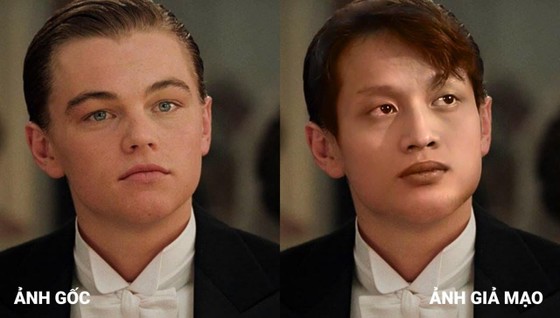 |
| A case of face transplant impersonating a famous foreign actor |
How does Deepfake “self-learn”?
Built on Google's open source Machine Learning platform, Deepfake uses AI to scan videos and portraits of a person, merge them with a separate video, and replace facial details such as eyes, nose, mouth, etc. with facial movements that are as similar and natural as possible. With this algorithm, the more original videos and images there are, the more accurate the AI is and the more realistic the fake video is. Deepfake can also use a person's voice recording to train the computer to speak exactly like that person.
Deepfake technology is getting better and better
At first, Deepfake AI applications were created to “swap” users’ faces and voices into characters in famous movies. This is considered the next step of the trend of creating photos and dubbing humorous voices for clips that caused a fever some time ago.
The companies that provide Deepfake software are claiming that their application is not born with bad intentions, it is simply an application for entertainment. However, because this technology is used for more bad purposes, recently when mentioning Deepfake, people think of bad tools.
According to the World Economic Forum (WEF), the number of Deepfake videos is growing at a rate of 900% per year. Recent technological advances have made them easier to produce.
If impersonated by Deepfake, people should immediately inform friends and relatives and notify the authorities through: Vietnam information security warning page: canhbao.ncsc.gov.vn; anti-fraud project: chongluadao.vn. People should raise awareness about fraud in cyberspace through the website: dauhieuluadao.com
Ngo Minh Hieu - National Cyber Security Monitoring Center
How to Identify Deepfake
Because the computing power of Deepfake applications has not really become perfect, videos using Deepfake are often small in size, short in duration, and have low sound and image quality.
The character's body in Deepfake moves less, especially less sideways, face up or face down compared to normal videos, and there are no actions of rubbing eyes or covering the face, or blinking because AI often handles errors when the face is partially covered.
Deepfake videos created with AI will have weaknesses such as uneven light reflection from the character's two eyes, unnatural light shadows on the face, many areas on the face almost unchanged, leading to very unnatural facial expressions, emotions, and unreal voices...
When making a video call, users can ask the caller to raise their hand to their face or turn their face to the left, right, etc. to add gesture detection. At the same time, to increase vigilance, it is necessary to talk a lot with the caller to ensure that the call is real and not talking to a pre-recorded video. In particular, it is necessary to pay attention to information related to money transfers, sending information to strange addresses, strange accounts, etc.
Source


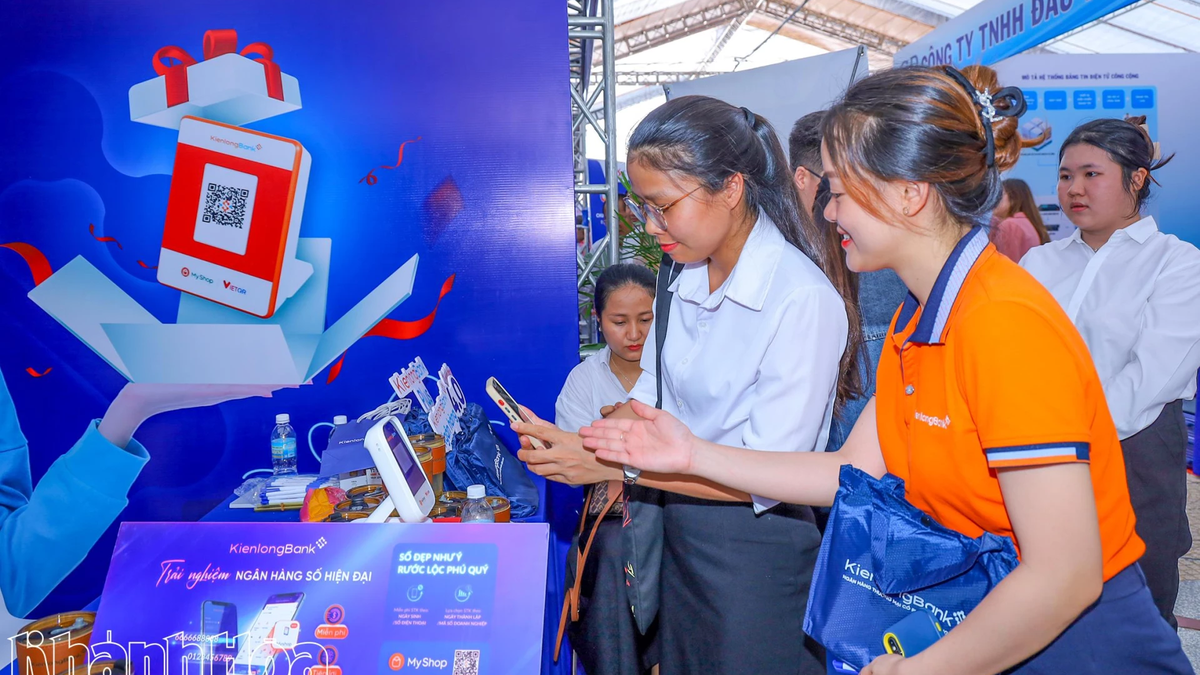
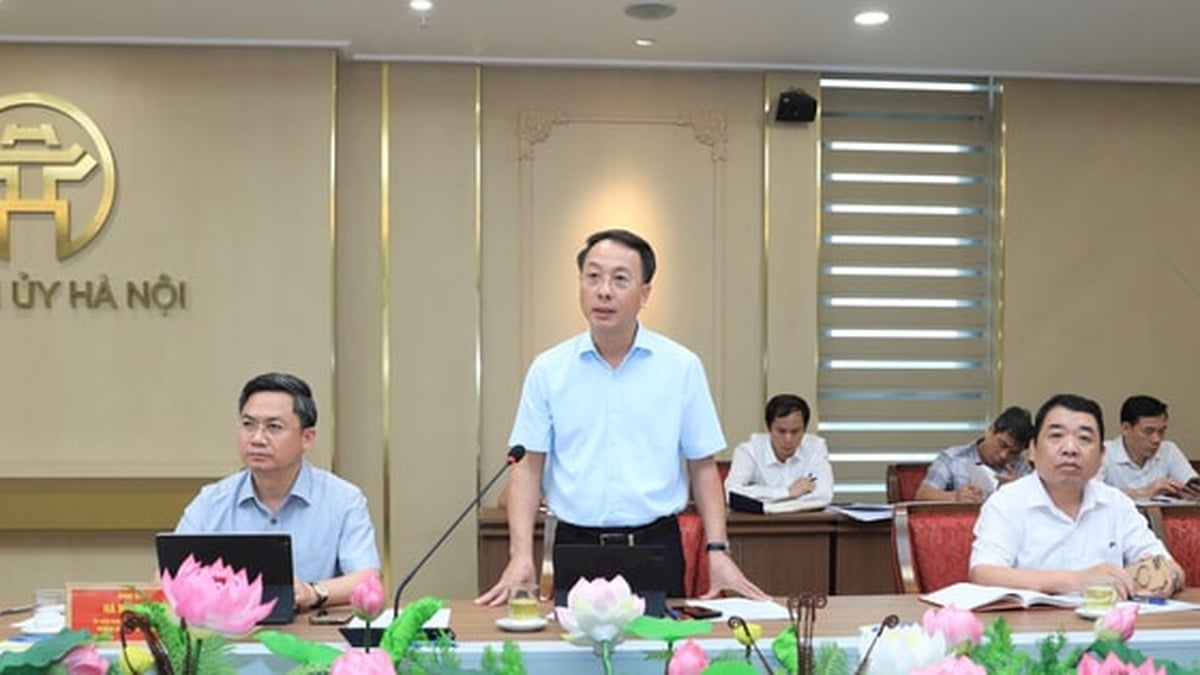
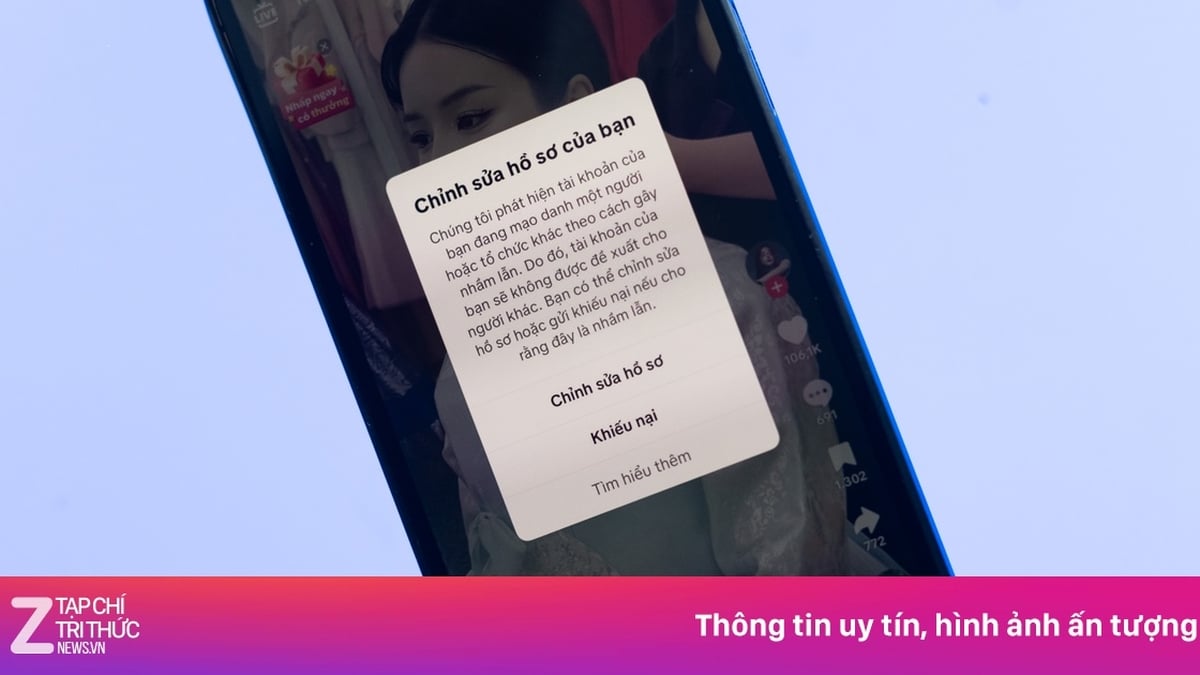

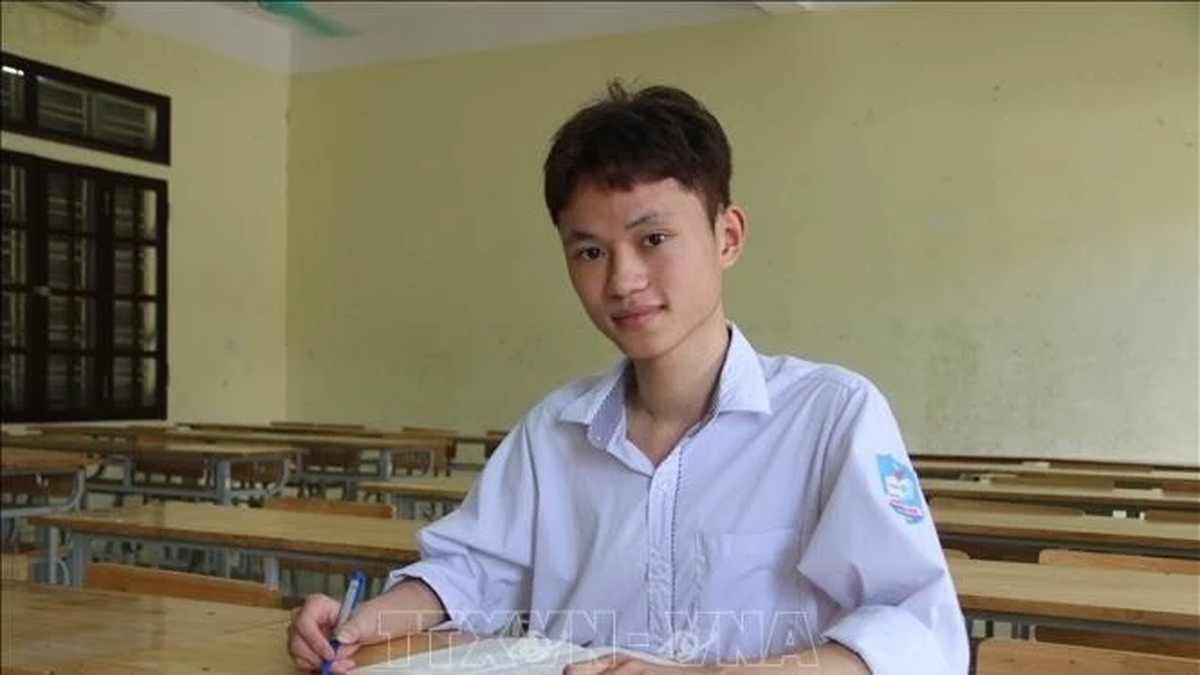


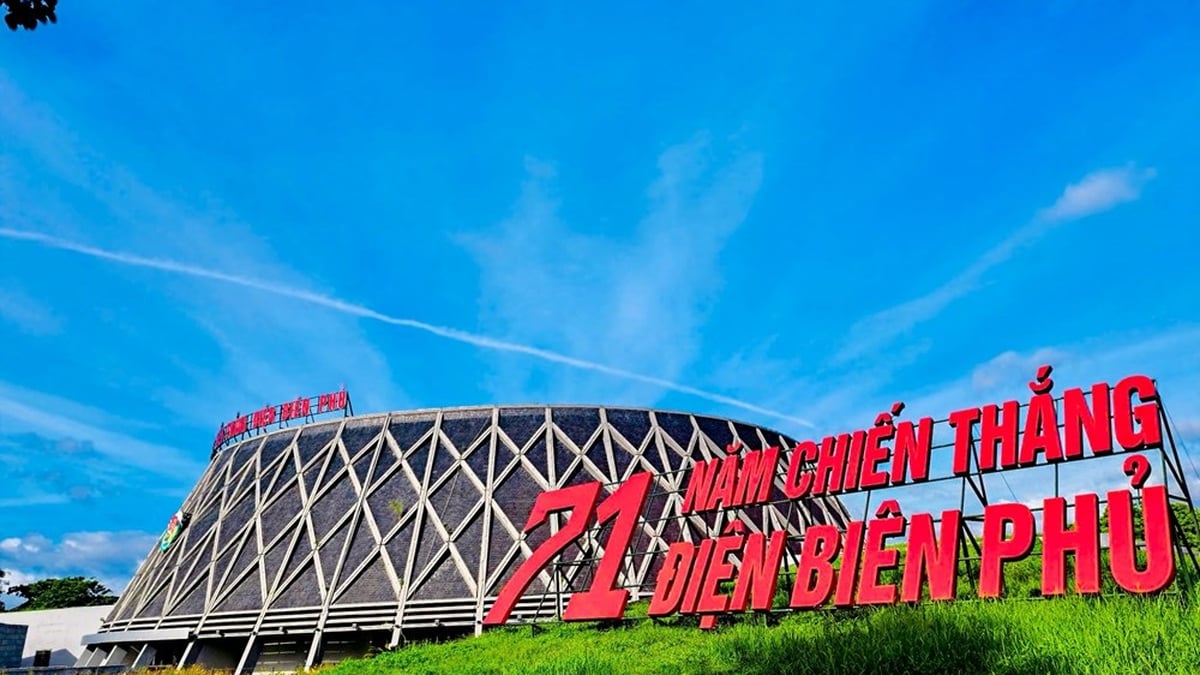









































![[Maritime News] More than 80% of global container shipping capacity is in the hands of MSC and major shipping alliances](https://vphoto.vietnam.vn/thumb/402x226/vietnam/resource/IMAGE/2025/7/16/6b4d586c984b4cbf8c5680352b9eaeb0)













































Comment (0)